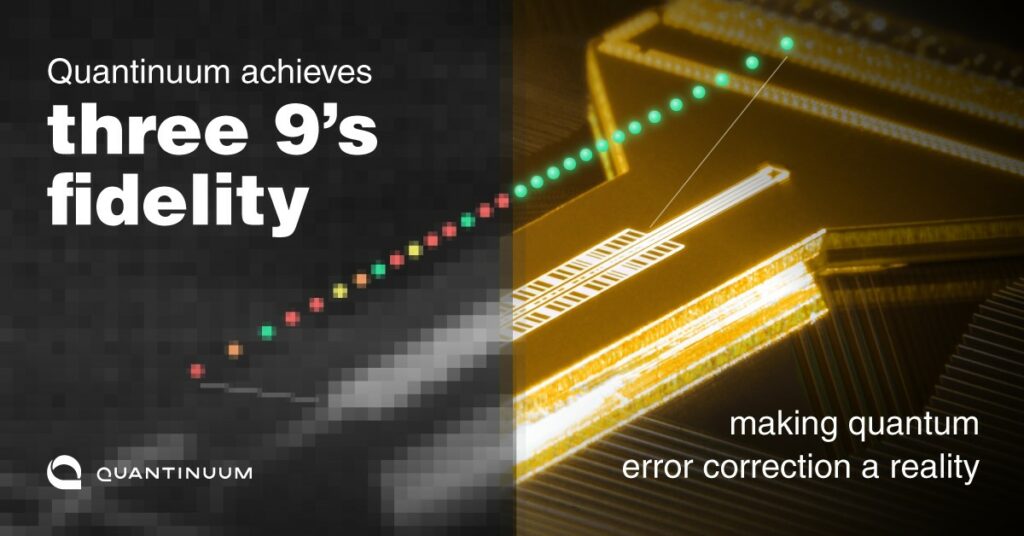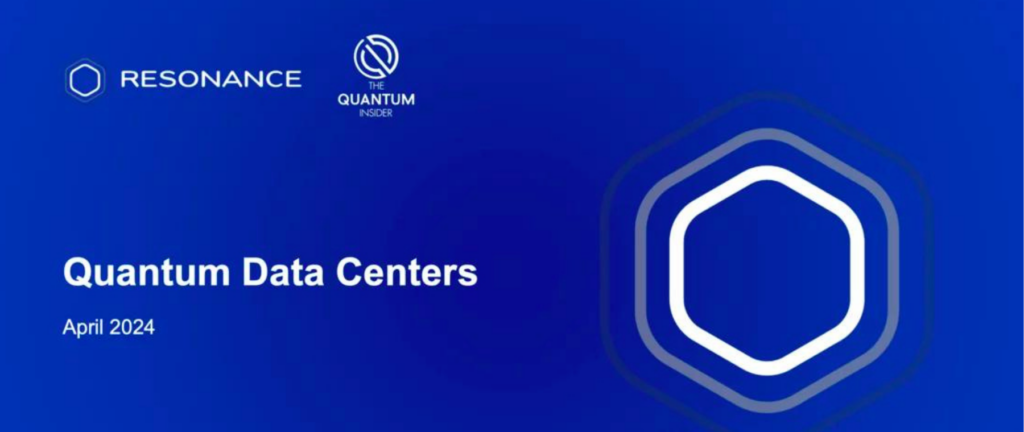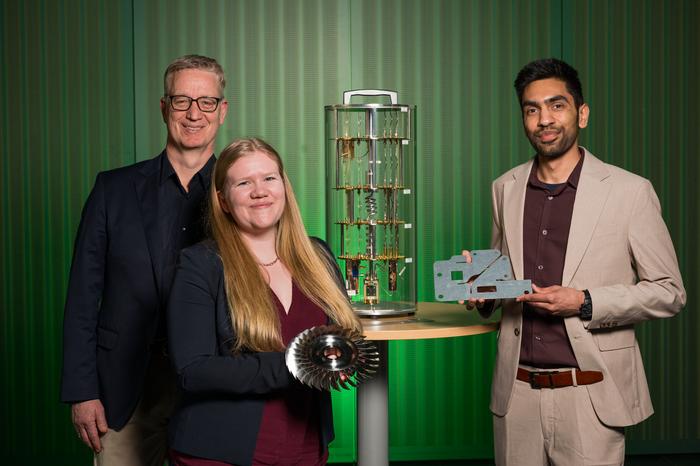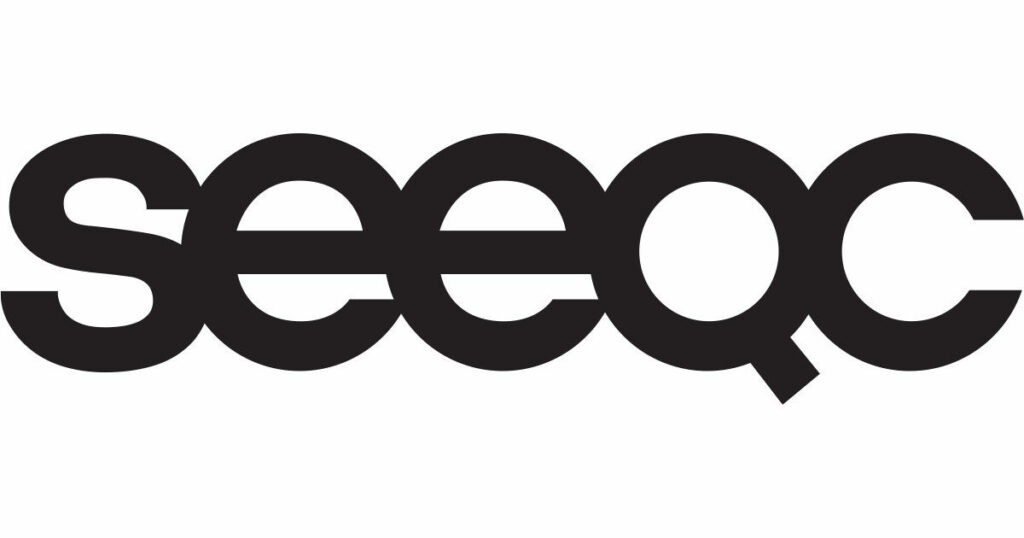
Canada, Quantum Centre
Those TQD readers amongst us who know anything about the quantum ecosystem will realize Canada is a major player, not only with government funding and research institutes but also when it comes to the number of startups and incubators in the space, too.
The University of Waterloo’s Institute for Quantum Computing, the University of Toronto’s Centre for Quantum Information and Quantum Control, the University of Calgary’s Institute for Quantum Science and Technology and the Université de Sherbrooke’s EPIQ and Institut Quantique initiatives are proof Canada is near the top in almost every category of quantum research.
Startups 1Qbit, Agnostiq, Black Brane Systems, CogniFrame, ISARA, Menten, Netramark, ProteinQure, Xanadu, and a dozen more join the longer established quantum computing (QC) pioneer D-Wave Systems to add entrepreneurial fire to the space while Creative Destruction Lab (CDL) and Quantum Valley Investments bring financial nous and clout to make the land of maple syrup the place to be when it comes to quantum tech as of 2020.
Although most of the love for quantum in Canada is centred on the biggest city, Toronto, and the surrounding areas of Ontario like the city of Waterloo and British Columbia on the Pacific coast, Québec — the predominantly French-speaking province in the east of the country — is starting to accumulate brownie points as well.
Québec
The aforementioned Université de Sherbrooke, located in Sherbrooke, Québec, which is an hour or two east of Montreal and probably the same in road miles south of Québec city by car, is building itself a reputation in certain circles as a hotbed of innovation in quantum tech.
With Nanoacademic Technologies, a spinout from Sherbrooke already building quantum simulation tools to predict the properties of next-gen electronic devices, Québec can rest assured its contribution is valued.
Joining them is Shine Bright Quantum, otherwise known as SBQuantum. Founded in Sherbrooke in 2017, it is a spinout from the Université de Sherbrooke’s Institut Quantique and ‘develops diamond-based quantum sensors with vectorial capabilities for space, defence and infrastructure inspection’.
SBQuantum
A founding member of Quantum Industry Canada (QIC) and a leading company in quantum sensing, cofounders David Roy-Guay and Rachel Taylor’s aim is to ‘prevent of contaminant leaks from mining, oil and gas and waste management industries of reaching tap water and to provide high precision magnetometers for navigation. Deployment of the compact technology into novel platforms will make high precision magnetic field mapping and diagnosis of magnetic signals accessible to a large user base’.
Reveal The Invisible
— SBQuantum
And it’s doing this by utilizing the efficiency of nitrogen-vacancy diamonds. NV centres can arise in nature or can be engineered, and they materialize when the carbon lattice of a diamond is disturbed by a nitrogen atom and an adjacent void. This technological approach is also being adopted by Massachusetts startup Quantum Diamond Technologies Inc (QDTI) for improving upon diagnostic results in medicine, a story I covered recently in a TQD post.
The applications where NV centres hold the most promise are in mining for the inspection of hidden infrastructure, assisting the navigation for autonomous vehicles in places and environments where GPS is not accessible, in issues of security, in the military, and for the space industry.
Fundamental to all this is the SBQuantum integrated solution, based on its quantum magnetometer that takes advantage of nitrogen-vacancy diamonds. Second is the startup’s proprietary algorithms, which allow the team to take advantage of the vectorial data and expand the information collected on metallic or magnetic objects. Next is the user’s easy-to-use dashboard, making the data presented from the sensors and algorithms comprehensible to those without a Ph.D. in magnetic data!
All this was carefully plotted by CEO Roy-Guay and COO Rachel Taylor.
Roy-Guay obtained a Ph.D. in quantum sensing from the Université de Sherbrooke while Taylor, on the other hand, has a BA in history from Durham University, as well as an MBA from The Rotman School of Management, part of the University of Toronto.
Complementing the pair is a tight team of specialists in algorithms, software development, quantum and electronic systems — enough expertise in one room for any startup.

To date, information on the startup’s funding trajectory is unknown, though SBQuantum did receive non-equity assistance in 2019.
Fingers crossed, Roy-Guay and Taylor’s leadership raise SBQuantum’s, Sherbrooke’s and the province of Québec’s reputations in the quantum game to unprecedented heights.






















